Every year, I get excited to look at all the new homeschool materials and curricula out there…and figure out what’s going to work best for us in our current situation.
Now, we’re an unschooling family, so I don’t pick curricula like some families do — for me to assign lessons and follow regularly. I just pick things that match my kids’ interests and needs at that time. (More on unschooling.)
Still, I have a possibly-crazy love for books, curricula, and office supplies, so it’s fun for me to look through all these things and select new materials.
Sadly, I’m often disappointed in what’s out there.
It occurred to me that some newer homeschooling families may feel overwhelmed by the options — how many there are, all the different styles, not knowing how to use some of them, not even knowing if some are beneficial! So, I thought I’d share why I have this love-hate relationship with them, and how I solve the problem to come up with quality materials for my kids.
Why I Have a Love-Hate Relationship with Homeschool Curriculum
When I first started looking at homeschool curriculum, I had expectations about what it would be like. I thought I’d be getting information-dense books that had everything (or nearly everything) I needed in one place.
For example, if we were doing a unit study on weather (one of my kids loves to follow the weather), I expected that a book/curriculum would have diagrams of weather patterns and cloud types, and lots of other information on what weather is and does, along with activity suggestions and places to write findings. At the back, I’d expect a list of good video and book options for additional reading, if desired.
Sadly, most of the unit studies I ran across were pretty much only the video and book suggestions. They were just a plan for which other materials to find and use, and did not contain anything useful in and of itself.
Thus, my frustration with homeschool curriculum began.
The Two Biggest Problems with Homeschool Projects and Curricula
I see two major problems with a lot of homeschool project ideas or curricula out there. And please don’t misunderstand what I’m about to say…. Especially you craft-loving moms. 🙂
#1: It’s Just Busy Work, Not Really Valuable Learning
There are lots of resources that come with tons of worksheets or little activities. For example, if you’re studying the letter “A,” there will be sites for tracing it in chocolate syrup, making it out of play-dough, doing a letter A treasure hunt (how many items can you find that start with “A?”), an entire day of tasting apples, etc.
This is massive overkill and totally unnecessary.
The truth is, if a child needs that many activities to remember what the letter A is, s/he is not actually ready for literacy instruction. And if s/he is ready for literacy instruction, s/he does not need those activities to remember letter A!
The same is also true for many worksheets or crafts. They’re busy work. They’re not teaching a child new information or a new skill and they’re not improving his/her overall academic outcome.
Now, some people are going to get upset about this…so let me say this. If you simply enjoy those types of activities and your child does, too, there is no harm in doing them. If it’s fun for you to have a letter A party, then by all means, have one! Some families are just crafty like this, and that’s fine.
But, you do not need to feel pressure to “do more” like this. Some moms are not crafty, and find it difficult to come up with activity after activity to teach basic concepts. Some kids do not enjoy doing these activities. There is no benefit in doing them if you do not enjoy them.
Personally I don’t find them beneficial, and I’m not going to pay for curriculum that is just a collection of these types of ideas or other forms of busywork. And a lot of the materials I find fall into this category.
(And if you’re wondering, I have never once deliberately taught the alphabet, yet three of my kids can read. I’ll cover teaching reading, unschooling-style, in another post.)
#2: It’s Information-Light
As I mentioned above, I’m choosing materials expecting them to be fairly all-encompassing. That is, they should give at least a reasonable overview of the topic within the material itself, along with activities, engaging text/questions, etc. Extra reading or videos should be just that, extra. Some of these packages are $20+ and all they contain is a “plan” for which books to buy/borrow, which videos to watch, and what types of crafts or supplementary activities to look up.
These types of material feel like nothing to me. I’m fully capable of going to the library or searching YouTube to find those books and videos on my own.
I think a lot of families buy these things anyway because they’re not sure where to start on a particular topic and just want someone to tell them. But, mamas? We live in an information-rich world. Take the time to hit the library or search YouTube or look for blogs that have free lists and project ideas, if that’s what you want. No need to pay for it!
What a Curriculum SHOULD Do
In my opinion, materials are only valuable if they have something to teach in and of themselves.
I have gotten some cute board games (my kids love games) that teach state names or historical facts. These, I found valuable because they were an activity by themselves, and they taught us new information. I didn’t have to go out and get a bunch of supplementary things in order to learn!
I have also found math and spelling curricula that had weekly lists and practice pages/activities right in them. These I also found valuable for the same reason — all-encompassing.
This is why we tend to choose our own books or materials, or even create our own. There is no reason that a child can’t learn to read with story books like these instead of some expensive primer and reading activities. (That’s essentially what we did.)
So much of what’s out there has one (or both) of the two problems I mentioned, especially in the early grades. And, here’s a secret: that’s because you don’t actually need hours of “school” to teach the basics! They’re trying to mimic public school, which is totally unnecessary.
My Criteria for Curricula
- Skill-Specific: Should teach a child about a particular, narrow topic or new skill (specific goal)
- All/Most-Inclusive: Basic reading/writing/math should be all-inclusive, and history or science should be most (will also include videos, activity suggestions, etc. but these should be 20 – 30% of the experience at most)
- Pick-and-Choose: It should be easy to select the materials that work best for the student’s needs without having to do it all
- Multiple Learning Styles: Should work for multiple learning styles and be flexible, not a rigid approach
To clarify points 2 and 3, when I say “all inclusive” I mean all the information they intend to communicate should be there — no need to buy additional books or look stuff up online. And “pick and choose” means that the activities or exercises should be available to choose from as needed.
For example, if my child were learning basic addition, we may or may not want to use the worksheets. We may choose to use manipulatives to help them understand. Or we may choose only a couple of worksheets, not all of them if they get the concept and are ready to move on.
Our Best Resources
We don’t buy curricula. I’ve bought a lot of different materials over the years, but I buy less and less. I can never seem to find packages that do exactly what I want, and no more or less. (For example, my 8-year-old has asked to study advanced vocabulary, now that he’s reading around 4th – 5th grade level. I can’t find a single thing that reasonably offers a study of reading, spelling, and understanding vocabulary words without being total overkill.)
Instead, these are some of our favorites.
YouTube Channels
- TedEd
- The Backyard Scientist
- Engineer Guy
- Numberphile (better for math-lovers or advanced kids)
- Kids Health
- Wendover Productions
- How to Make Everything
- Discovery TV (Mythbusters, How It’s Made, etc.)
- Liberty’s Kids
- Alternate History Hub
- Nerdy Nummies (this is in no way healthy, but a couple of my kids like the decorating ideas)
- Oh Yum with Anna Olson (also not healthy, but lots of step-by-step cooking tutorials to learn basic baking skills)
Books
- First Little Readers series, A – D (my 6-year-old is enjoying these now)
- I Can Read! series (“my first” through level 2)
- Captain Underpants (all 17)
- Diary of a Wimpy Kid (all 13)
We have a long book list for this summer, but haven’t gotten to it yet. It includes Alas, Babylon; Indian in the Cupboard; Little House on the Prairie; Narnia; and several others.
Websites
- K5 Learning (I print free math worksheets from here)
- Krazy Dad (sudoku puzzles)
- The Word Search
Local Activities
- Geocaching
- Children’s museums
- Zoo
- Metro park programs
- Library programs
- Historic villages
- Homeschool coops
Beyond these, we pretty much look up whatever the kids ask for. If they have an interest, we’ll seek out a video, book, or activity about that thing.
We have a whole community, online and off, at our finger tips!
Mamas, You’re Smart and You’ve Got This
A lot of people get a curriculum anyway because they want to make sure they aren’t missing anything or leaving any gaps in their child’s education.
But here’s the truth: there will be gaps. This is true if you choose curriculum or not; no matter which curriculum you choose; and even in different educational settings. Kids all have different abilities and interests. And their learning doesn’t stop at age 18.
Don’t let this idea that you need to follow someone else’s plan or do lots of busy work hold you back. Feel free to explore and follow your kids’ interests and needs instead.
A quick question…
Currently, I have not made any of the materials I’ve created for my own kids available publicly. Would there be any interest in resources like journal prompt pages, how to start a business for kids, real food nutrition, real food science, advanced grammar games, etc.? I’m working to create tools that are valuable for me, and thought they may be for others, as well. If you’re interested, leave me a comment below!
Additional reading:
- Unschooling as Kids Get Older
- 10 Myths About Unschooling
- What Education Looks Like for Us Now (2017)
- Why I Can’t Do Education Philosphies Anymore
- Why the School at Home Room Drives me Crazy
- Do Unschoolers Have Holes in Their Education?
- Can Unschooled Kids Go to College?
- Why Busy Work is Not Education

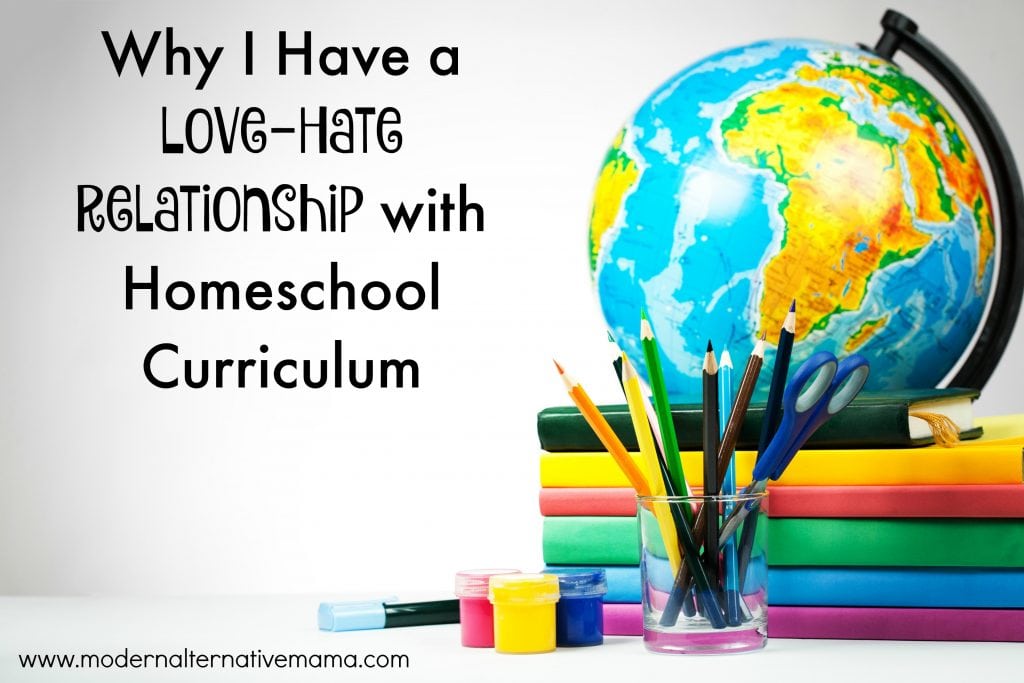
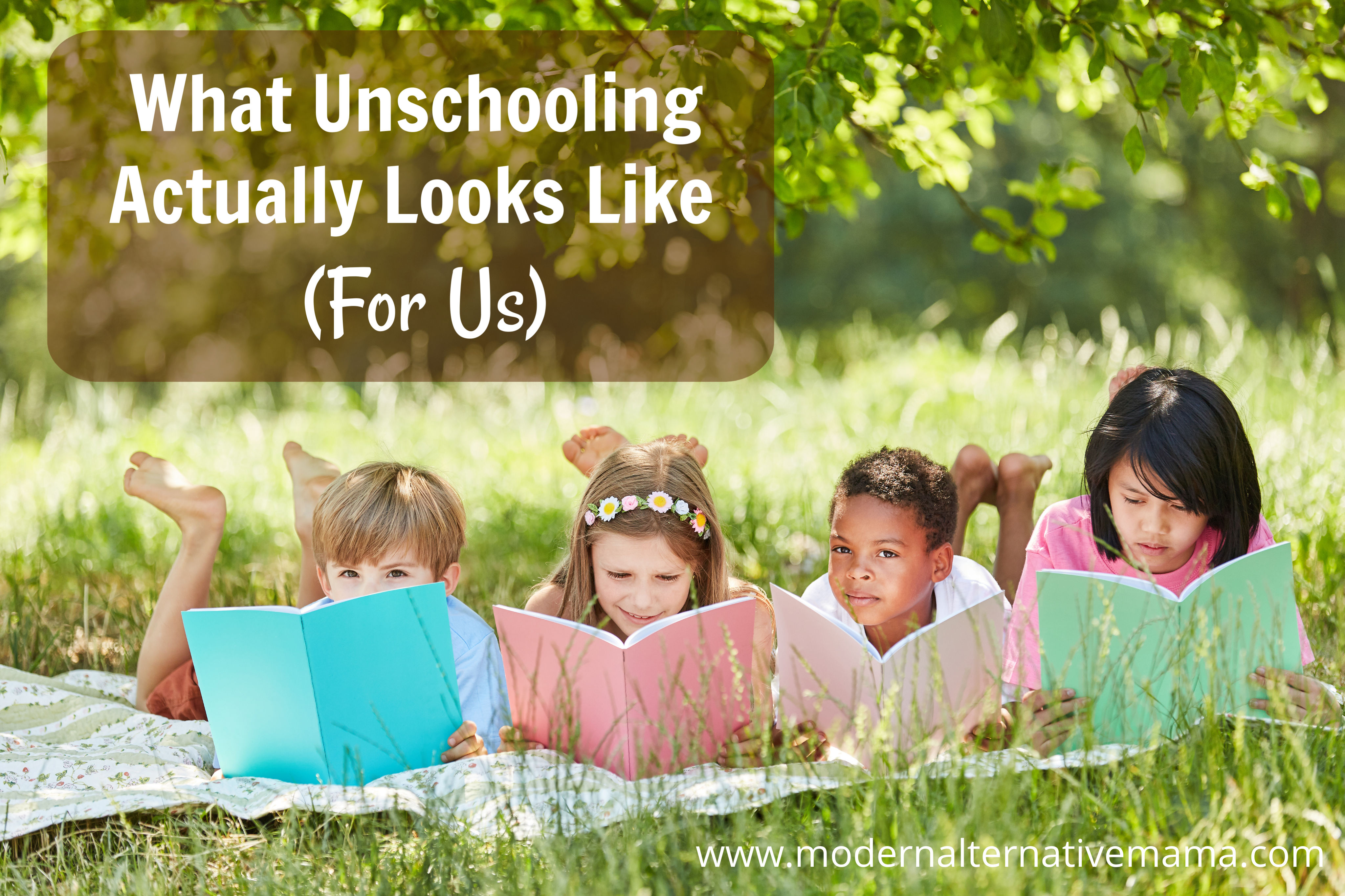
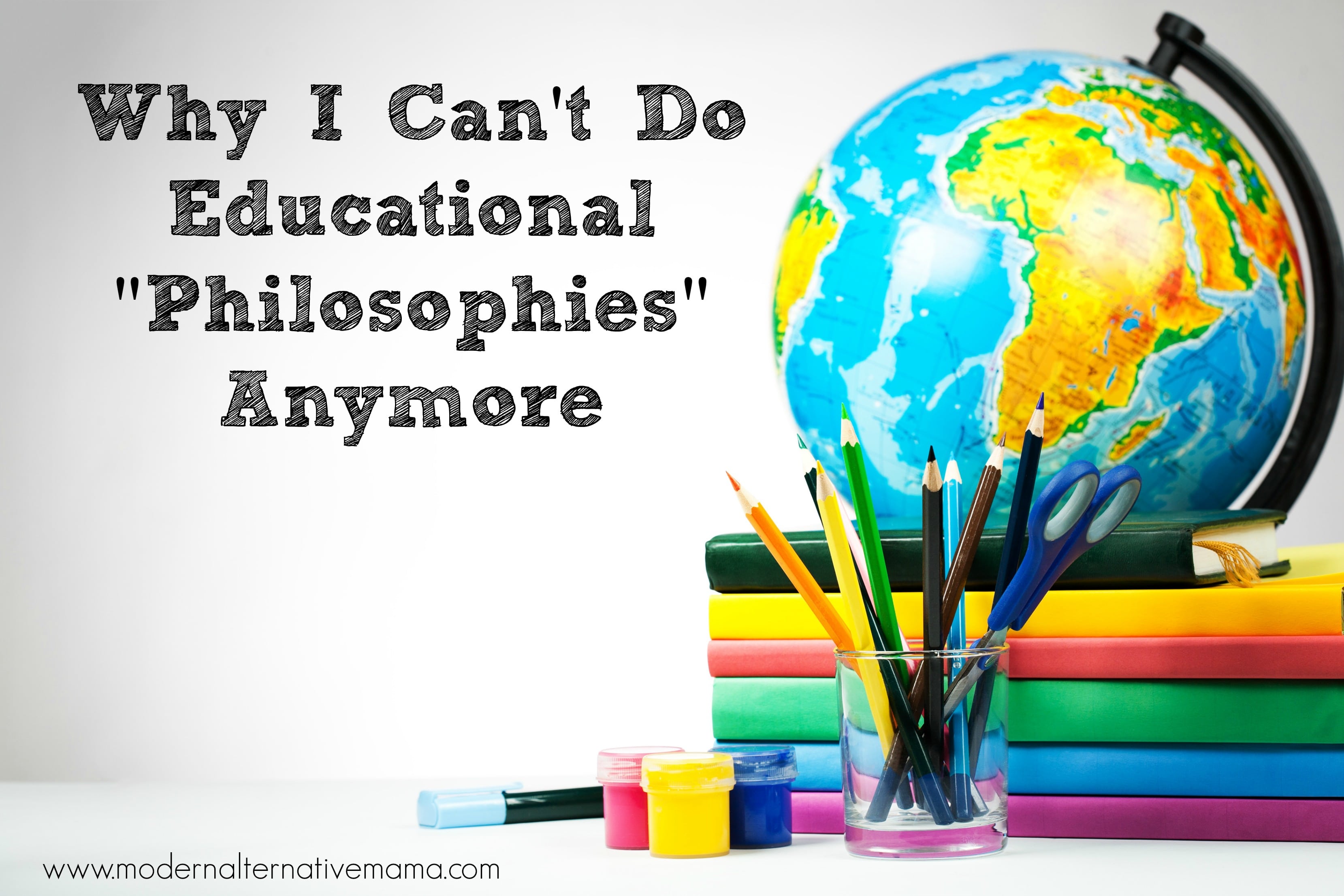
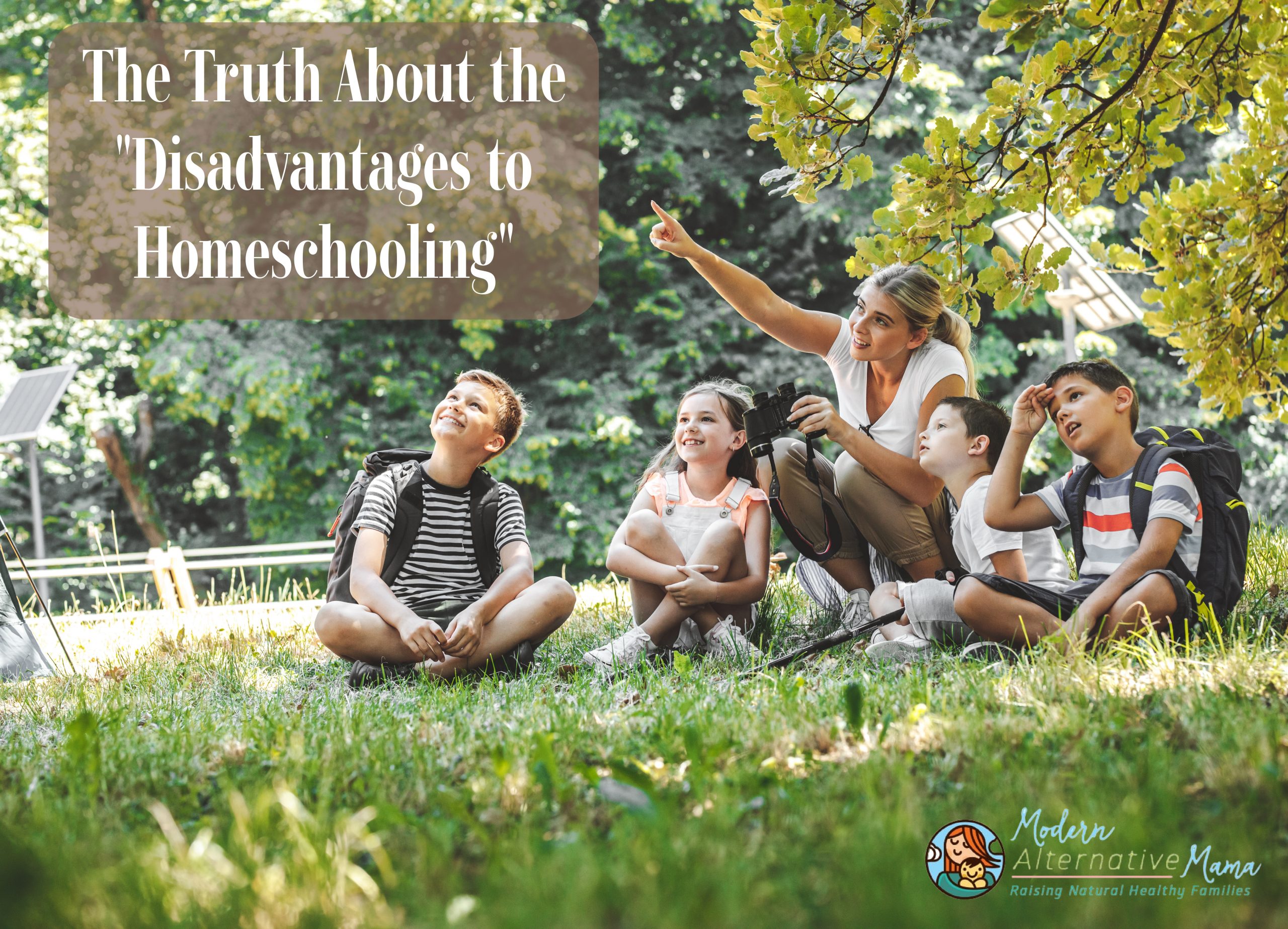
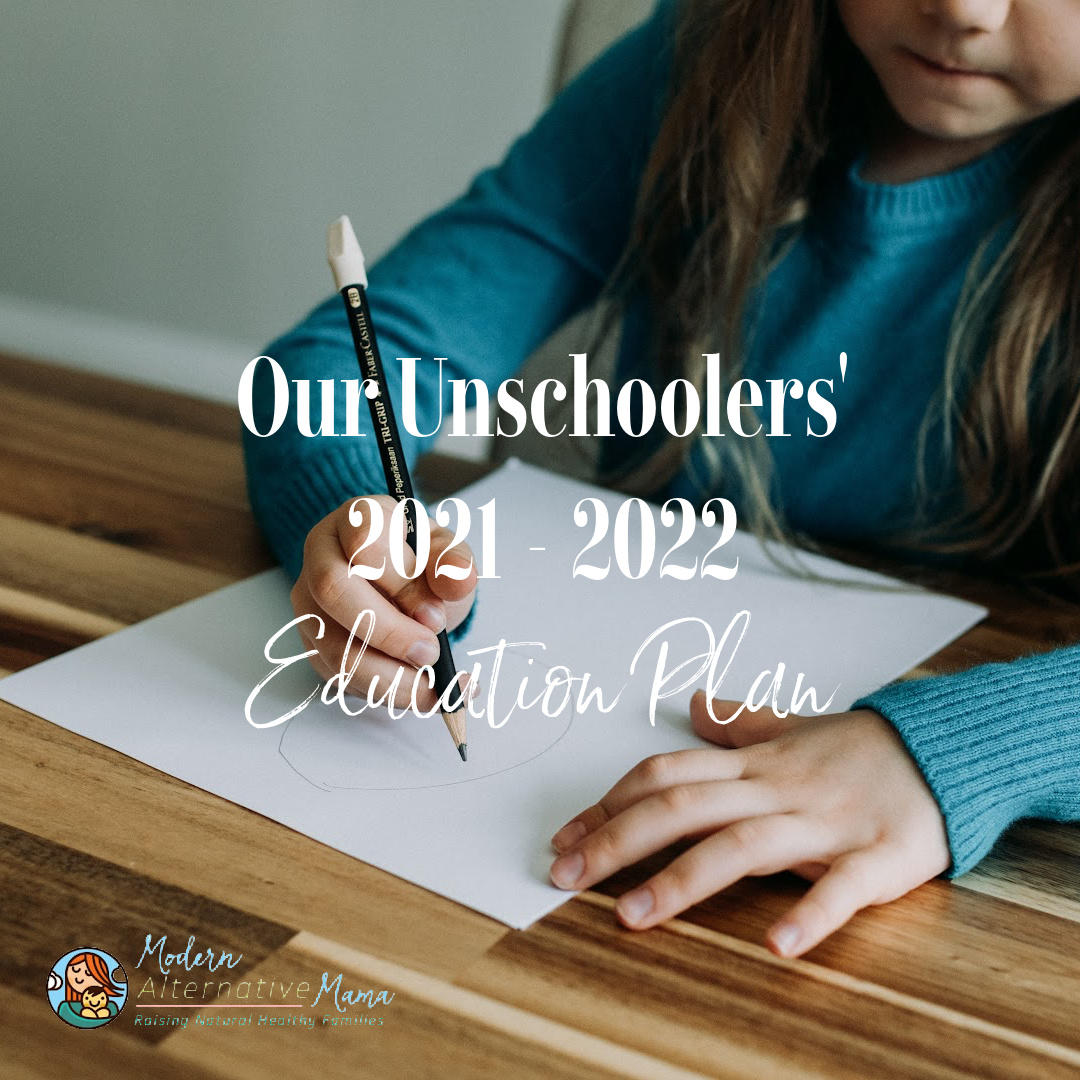

You would love the Handbook of Nature Study by Anna Botsford Comstock. It was written in 1911 by a naturalist for use by teachers to do nature study in schools. It is totally comprehensive and beautifully written. It seriously covers everything and is over 2″ thick. The species are northeastern but so much is adaptable to any region of the US. My child is two and we are loving the information. We’ll do more and more with it in coming years.
i am concerned with state laws interfering, esp in NY…
thank you for all the valuable resources and information!